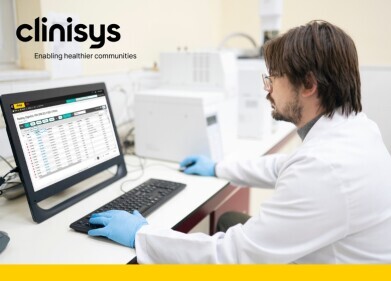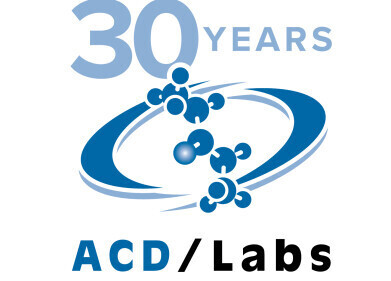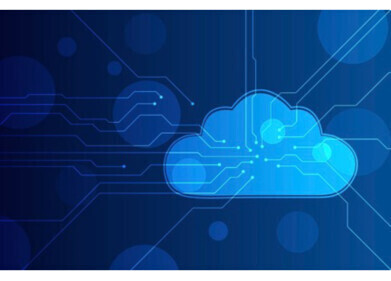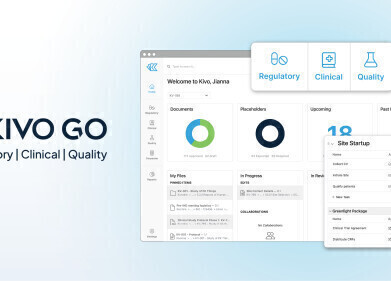LIMS
LIMS vs LIS - What's the Difference?
Nov 19 2022
The scientific world is full of acronyms and at times they can be a little confusing. Mixing up laboratory information management systems (LIMS) and laboratory information systems (LIS) is one of the most common faux pas. The pair sound similar but there are some key differences to consider. We take a closer look below:
The core goals of LIMS and LIS
Traditionally, the core goal of a LIMS is to process, track and report data. The software is used across a wide range of laboratories, including clinical analysis facilities, drug development centres and municipal wastewater plants. Any facility that handles complex data can benefit from a LIMS.
In comparison, LIS is designed to process, track and report clinical data belonging to individual patients. LIS is widely used in patient-centric settings, including clinical analysis labs, hospitals and GP clinics.
Meeting regulatory standards
A key role of LIMS is to help labs meet the strict rules set by regulatory bodies. This includes Good Manufacturing Practice (GMP), a system designed to maintain the consistency and quality of products.
LIS also helps labs meet rules and regulations, however these are usually specific to medical practitioners and health service agencies such as the NHS.
Batch vs individual data
LIMS software is designed to process high volumes of laboratory data. For example, LIMS designed for environmental labs is equipped with the capacity to process and track hundreds of soil samples. LIS is designed with individual patients in mind. It’s better suited to processing specimens belonging to a single subject.
Customisation
While LIMS software is often customised to suit the needs of end users, LIS is heavily regulated. In the USA, the FDA classes laboratory information systems as medical devices and holds software companies accountable for defects. For this reason, LIS is rarely customised.
Overlaps between LIMS and LIS
While there is overlap between the two platforms, it’s important for laboratory managers to understand the differences. This is the best way to find the right fit and harness the benefits of LIMS and LIS.
Royce Zeiler, a LIMS expert explains, “An LIS is more often found in what we refer to as a 'clinical' setting, whereas a LIMS has been for, say, research and development, forensic testing, and cannabis testing. However, the distinctions between the two have blurred over time, and there is a lot more overlap in the industry today.”
Technological advances are continually reimagining the limits of LIMS. Find out more about the latest developments, including the incorporation of Artificial Intelligence (AI) and machine learning capabilities, in ‘What is a Laboratory Information Management System (LIMS)?’
Digital Edition
ILM 49.5 July
July 2024
Chromatography Articles - Understanding PFAS: Analysis and Implications Mass Spectrometry & Spectroscopy Articles - MS detection of Alzheimer’s blood-based biomarkers LIMS - Essent...
View all digital editions
Events
Jul 28 2024 San Diego, CA USA
Jul 30 2024 Jakarta, Indonesia
Jul 31 2024 Chengdu, China
ACS National Meeting - Fall 2024
Aug 18 2024 Denver, CO, USA
Aug 25 2024 Copenhagen, Denmark





24_06.jpg)













